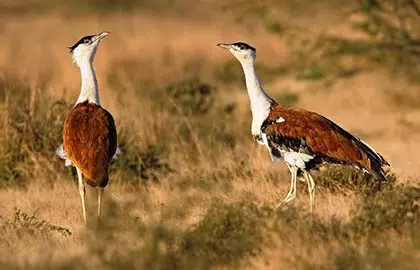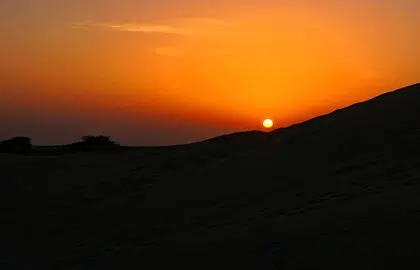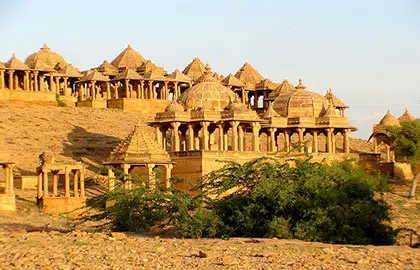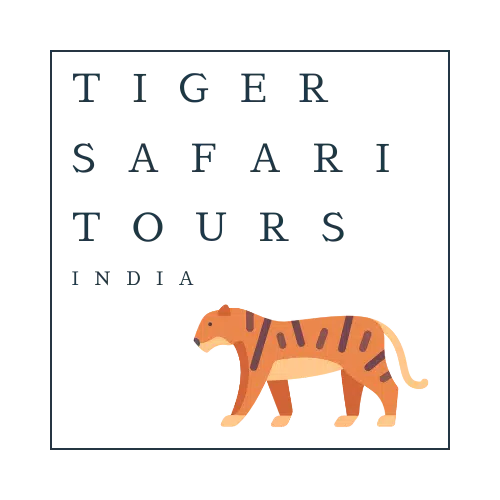Desert National Park Jaisalmer
Overview
The Desert National Park, known for its unique and outstanding ecosystem of the Thar Desert, is situated in the north-western Indian State of Rajasthan. It is spread over a core area of 3162 km² of which 1900 km² is in the Jaisalmer district, and the remaining 1262 km² is in the Barmer district of Rajasthan State. The park falls in tropical and dry regions that is the low rainfall zone of the country. The exclusive desert is home to several exotic animals. It is also a shelter for many migratory, resident, and rare bird species. Notwithstanding the delicate biosphere, it is a dwelling to varied species of birds and an abundance of birdlife. Numerous falcons, eagles, sand grouse, vultures, desert fox, blue bull, blackbuck, and common buzzards, are located here.

Information
Being the only park near Thar Desert present in the Indian subcontinent, it harbors the broad collection of flora and faunal species. The State animal (Chinkara), State Bird (Great Indian Bustard), State flower (Rohida), and State Tree (Khejri) of Rajasthan are exclusively found here. It is an exceptional model of geological past that represents the diverse levels of evolution and has representatives of Oriental, Saharan, and Palearctic terrains.
- Size – 3162 km sq.
- Forest type – Thorn forest, Aak shrub and Sewan grass
Star Species
Twenty percent of the park is formed by Sand dunes, and saltwater reservoirs, craggy rocks, a scarce of vegetation, and a few hills in the north-western region form a huge sandy, barren and undulating region. The park also has a collection of remains of plants and mammals recording the Jurassic Age that is 180 million years ago. These remains are conserved in Wood Fossil Park at Akal and placed on the outskirts of the park. If you are a birdlife or wildlife enthusiast, the most suitable time to visit the park is between November and January. You can stay at the resorts in Desert national park to enjoy the thrill and beauty of the park in full bloom.
- Key Mammal – Bengal fox, Desert fox, Wolf, Chinkara, Desert Cat, Blue Bull, Desert Gerbil, Russell’s Viper, Saw-scaled Vipers, Common Krait, Monitor Lizard.
- Key Birds – Buzzard, Great Indian Bustard, Laggard Falcons, Vultures, Eagles, Tawny Eagles, Kestrel, Harrier, Blackbuck, Sand Grouse.
How to Reach
- By Train – Jaisalmer railway station is the nearest railway station at a distance of about 42 km to reach The Desert National Park. Jaisalmer has good rail connectivity and from the station, native taxis and buses are available to reach the park.
- By Air – Desert National Park is about 280 kms from the nearest commercial airport situated in Jodhpur, Rajasthan. From the airport, you can hire a cab or use any public transport to reach your destination. Also, Jaisalmer Airport is around 45 Kms and is managed by the Indian Air Force, which wouldn’t be feasible for general public use.
- By Road – Jaisalmer is a renowned and famous tourist spot, it has well-developed road connectivity. Hence, it enjoys smooth and easy accessibility from major cities such as Jaipur, Jodhpur, Bikaner, Ahmedabad etc.
Safari
There are two types of safaris:
- Camel Safari, and
- Jeep Safari.
Weather and Climate
| MONTH | Minimum°C | Maximum°C |
| JAN | 24 | 9 |
| FEB | 28 | 12 |
| MAR | 34 | 18 |
| APR | 39 | 23 |
| MAY | 42 | 26 |
| JUN | 42 | 27 |
| JUL | 38 | 27 |
| AUG | 37 | 25 |
| SEPT | 37 | 25 |
| OCT | 37 | 25 |
| NOV | 31 | 15 |
| DEC | 26 | 10 |
Things to Carry
Clothing tips for the right safari experience:
- Clothes in the earthy colours to be worn which are greens, beige and grey. Black attracts mosquitoes and should be avoided. Shiny or bright colours are a big no.
- Clothes as per expected weather are very important:
- Summer clothes to be carried should be preferably cotton or cotton blend that is comfortable, breathable.
- Winter clothes to be packed should be planned for layering over each other when worn. Advisably 4-5 woollen clothes than one heavy item.
- A raincoat or a windcheater is also recommended.
- A hat or a cap as per the weather or season is also prescribed.
- Avoid wearing strong fragrances on the safari.
Gallery



